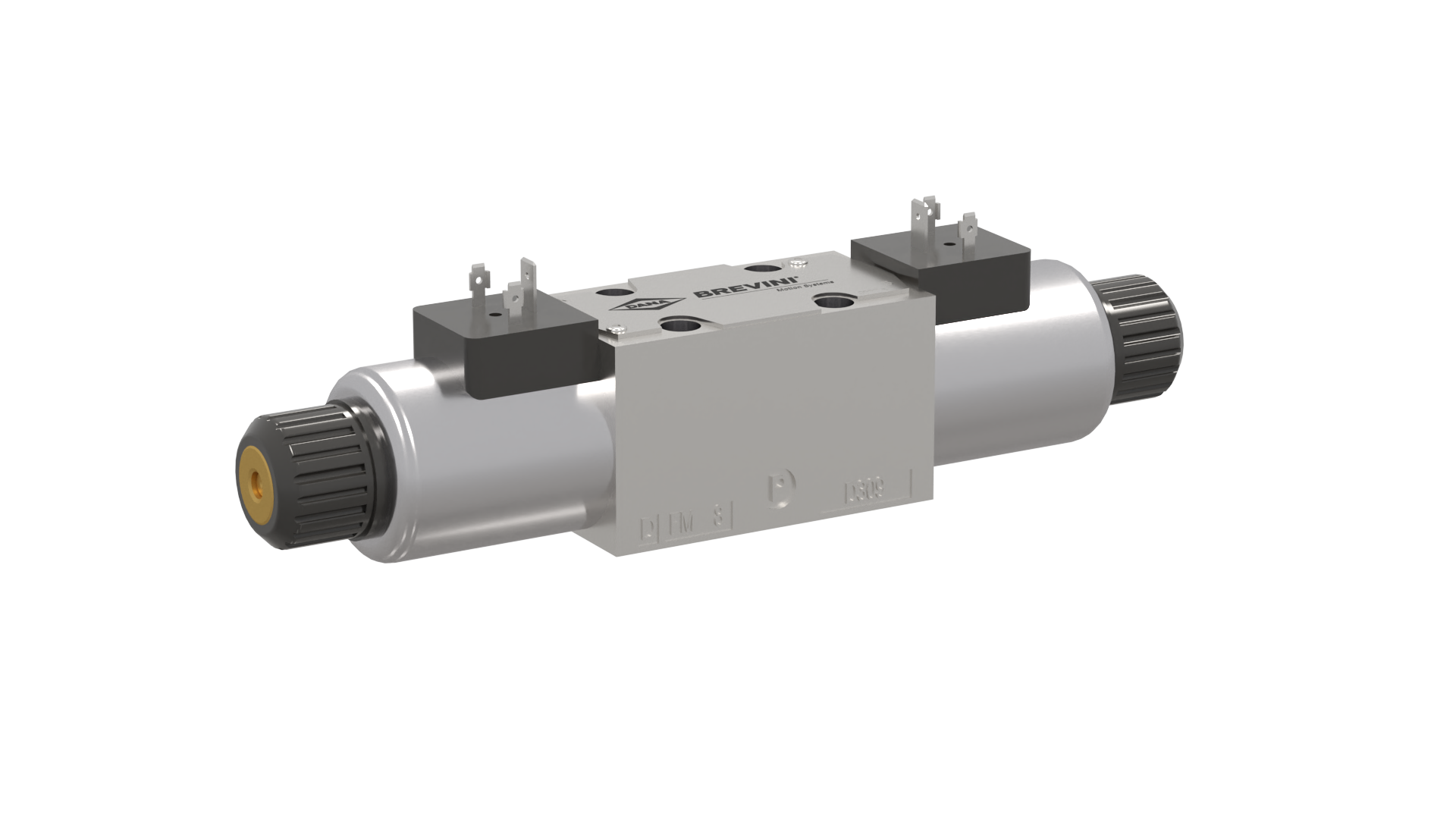
Maximize Energy Savings and Comfort With Advanced Structure Automation Controls
In the realm of modern-day design and facility administration, the assimilation of innovative building automation manages stands as a pivotal development. By taking advantage of the power of automation, buildings can adapt, respond, and develop in ways that were once unthinkable.
Power Efficiency Benefits
Energy efficiency advantages can considerably decrease power consumption and operational prices in structures. Energy-efficient systems, such as innovative building automation controls, can enhance the use of resources like cooling, lights, and heating, leading to lower energy expenditures over time.
Moreover, boosted power efficiency can lengthen the life-span of building equipment and systems. By operating much more efficiently, a/c systems, lighting fixture, and other structure elements experience much less deterioration, leading to lowered maintenance and substitute expenses. Furthermore, energy-efficient structures frequently regulate higher home worths and rental prices, providing long-term economic advantages to owners.
Moreover, energy performance can enhance resident convenience and productivity. Effectively regulated interior atmospheres with optimal illumination and thermal conditions produce a more favorable and enjoyable work space, resulting in improved staff member complete satisfaction and efficiency. In general, the energy performance advantages connected with advanced building automation controls are complex, encompassing expense savings, ecological stewardship, and passenger well-being.
Improved Comfort Control
Enhancing comfort control in structure environments requires an innovative combination of sophisticated automation systems for optimum passenger wellness. By utilizing advanced structure automation controls, centers can customize the indoor setting to meet the details requirements and preferences of residents. These systems make it possible for exact guideline of temperature, lighting, and air flow, producing a comfy and productive environment. Passenger complete satisfaction and efficiency are closely linked to thermal convenience, making it vital to have systems in position that can adapt to altering problems in real-time.
Improved convenience control goes beyond fundamental temperature level changes. It includes functions such as personalized settings, tenancy sensing units, and natural light use to develop a vibrant and responsive environment. By incorporating these advanced controls, buildings can not just boost comfort however also enhance power efficiency by maximizing system procedures based upon real tenancy and usage patterns. Eventually, focusing on resident convenience through sophisticated automation systems brings about a more satisfying and much healthier indoor environment.
Functional Effectiveness Improvements

Moreover, the application of real-time tracking and analytics tools allows structure operators to recognize power inadequacies and functional abnormalities immediately. By continuously checking power usage patterns and system efficiency metrics, adjustments can be made in real-time to enhance power intake and make sure peak functional efficiency. control valves. In addition, integrating need reaction approaches right into structure automation controls can better enhance operational efficiency by dynamically readjusting energy use based on grid problems and pricing signals
Indoor Environment Optimization
Effective interior environment optimization is an essential facet of building automation controls, making certain residents' comfort and wellness while making best use of power financial savings. By utilizing innovative sensors and controls, developing automation systems can continuously check and adjust temperature, moisture levels, air top quality, and air flow to produce an optimum indoor environment. Preserving comfy and consistent conditions not only boosts occupant fulfillment yet also increases performance and overall wellness.
Indoor environment optimization likewise plays a vital duty in energy performance. By fine-tuning ventilation, heating, and cooling systems based on real-time data and tenancy patterns, constructing automation controls can considerably decrease power intake - control valves. As an example, carrying out methods such as demand-controlled ventilation and thermal zoning can aid reduce power waste while guaranteeing that each location of the structure obtains the required conditioning.

Lasting Environment Development
Building automation controls not just maximize interior environment problems for power efficiency and owner comfort however likewise lay the structure for creating a lasting atmosphere via critical monitoring of resources and systems. By integrating advanced structure automation technologies, such as sensing units, actuators, and smart software application, centers can readjust and keep an eye on power usage in real-time to decrease waste and minimize their carbon impact. These systems allow predictive upkeep, identifying prospective problems prior to they intensify and optimizing equipment efficiency to boost durability and effectiveness.
Moreover, sustainable atmosphere production extends past power administration to encompass water conservation, waste reduction, and interior air high quality enhancement. Building automation controls can regulate water use, discover leaks, and make certain correct waste disposal methods, contributing to overall sustainability efforts. Furthermore, by regulating and keeping track of ventilation and filtering systems, these technologies boost passenger health and wellness and performance while decreasing energy consumption connected with cooling and heating operations.
Final Thought
In conclusion, progressed building automation regulates offer substantial advantages in regards to power savings, convenience control, operational effectiveness, indoor climate optimization, and producing a sustainable environment. By carrying out these controls, structures can achieve ideal efficiency while lowering power consumption and enhancing resident comfort. It anonymous appears that making use of sophisticated automation innovation is vital in boosting building performance and creating an extra sustainable future.
Energy effectiveness benefits can considerably reduce power usage and operational expenses in buildings. Generally, the energy performance benefits associated with innovative structure automation controls are multifaceted, including expense financial savings, environmental stewardship, and passenger health.
Additionally, integrating need response approaches into structure automation controls can additionally enhance operational efficiency by dynamically adjusting energy usage based on grid conditions and pricing signals.
Building automation regulates not just optimize interior environment problems for energy efficiency and owner convenience but also lay the structure for producing a sustainable setting through calculated management of resources and systems.In conclusion, advanced structure automation manages deal significant benefits in terms of power savings, comfort control, operational efficiency, interior environment optimization, and helpful site creating a sustainable atmosphere.